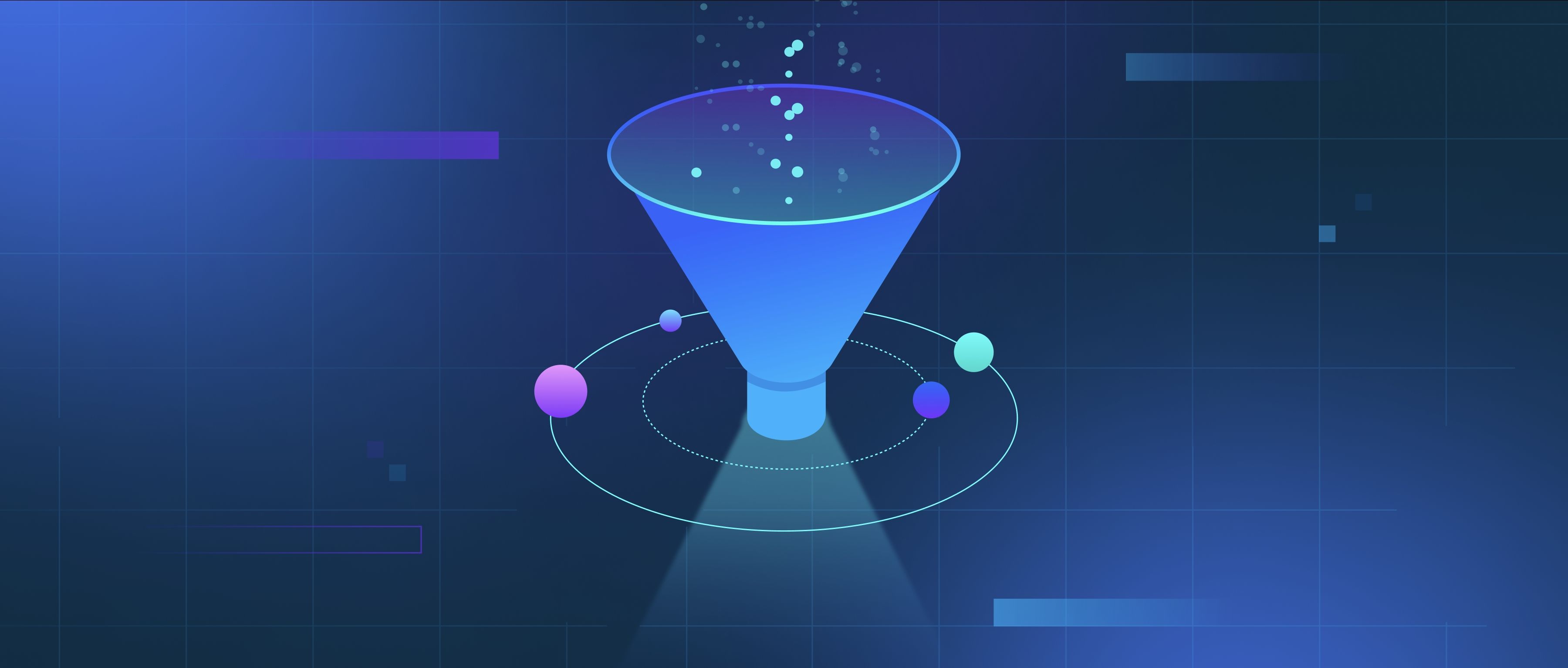GPT-4 introduces several significant improvements over its predecessor, GPT-3, primarily in its understanding and generation of language. One of the most notable updates is its enhanced ability to understand context. While GPT-3 could sometimes struggle with long or complex prompts, GPT-4 has a better grasp of nuanced conversations and can maintain context over more extended interactions. This improvement allows for more coherent and relevant responses, making it easier for developers to integrate into applications that require detailed conversation, like chatbots or customer support systems.
Another major update is the model’s expanded knowledge base due to its larger training dataset. GPT-4 was trained on a more comprehensive and diverse range of texts, which enables it to offer more accurate and factual information across various topics. For example, if a developer integrates GPT-4 into a coding assistant tool, it can provide more reliable programming advice, code snippets, or bug fixes. The model's ability to generate consistent and contextually appropriate responses also makes it useful in educational settings, where it can assist students with more precision and clarity.
Lastly, GPT-4 incorporates improvements in safety and ethical use. OpenAI has worked to reduce harmful outputs by enhancing the model’s filtering systems and moderation tools. This means that when developers implement GPT-4 in their applications, they can expect a more responsible AI that adheres to guidelines for appropriate content. For instance, a content moderation tool powered by GPT-4 would be better at identifying and blocking inappropriate language or harmful suggestions, providing a safer experience for users. Overall, these updates make GPT-4 a more powerful and reliable tool for developers looking to leverage AI in their projects.
